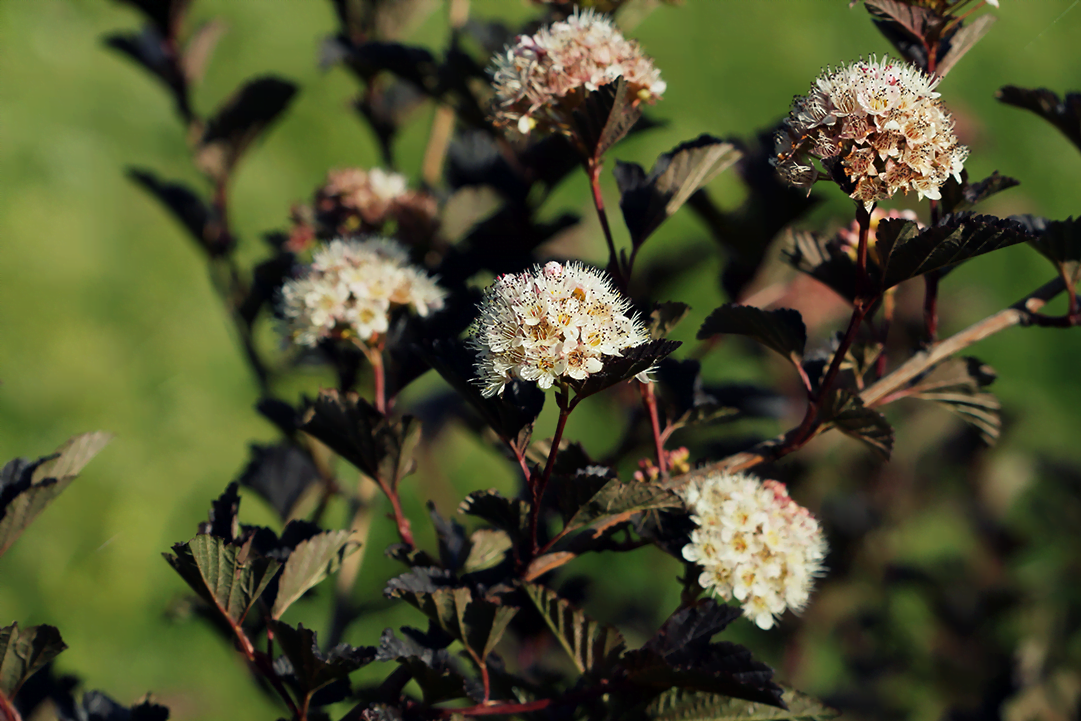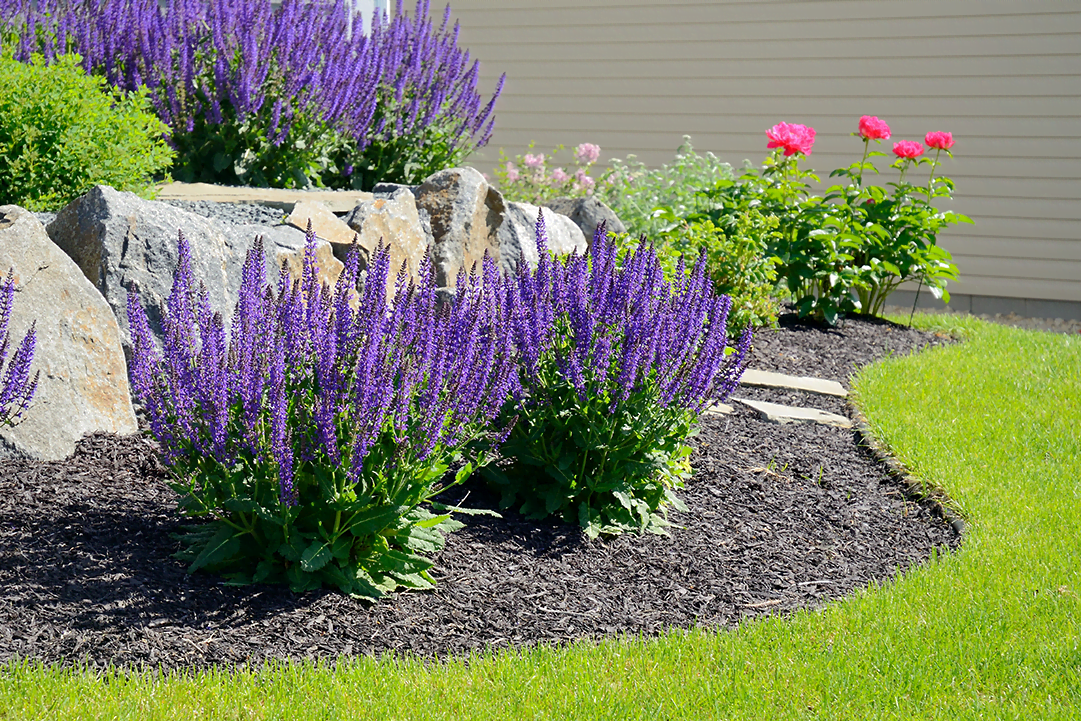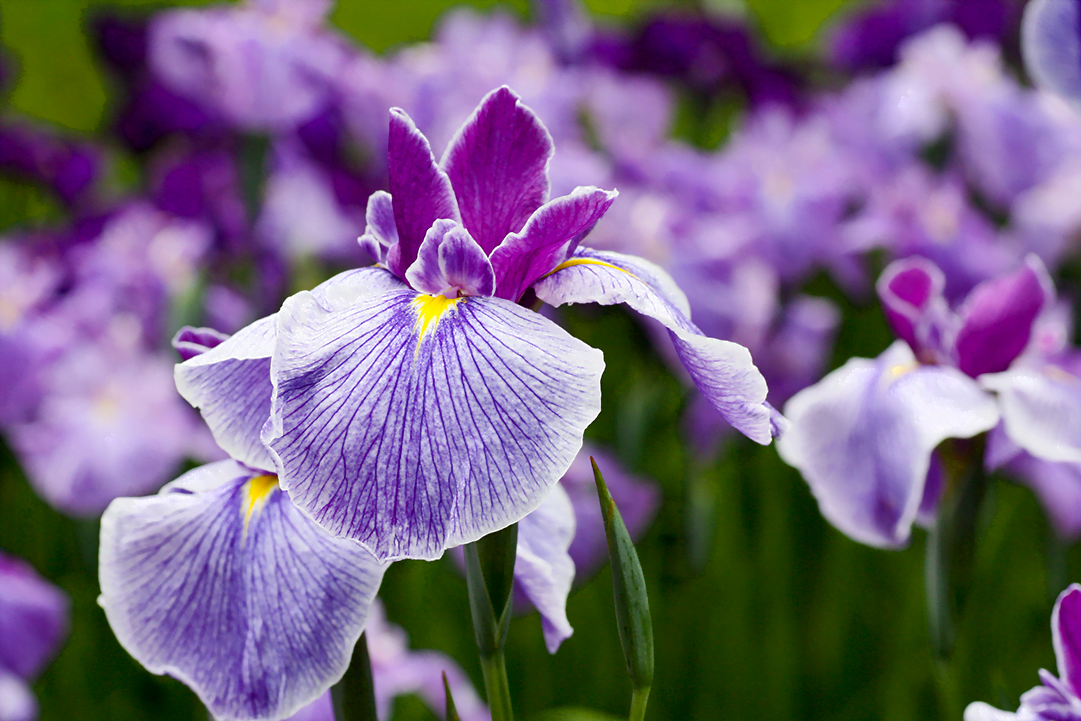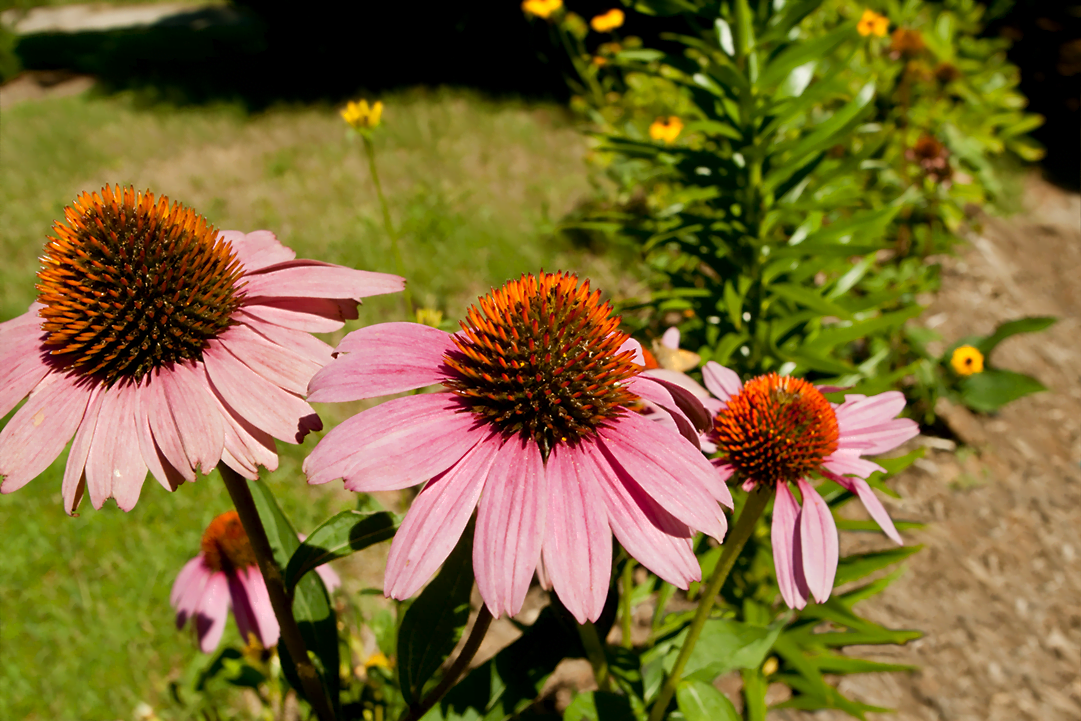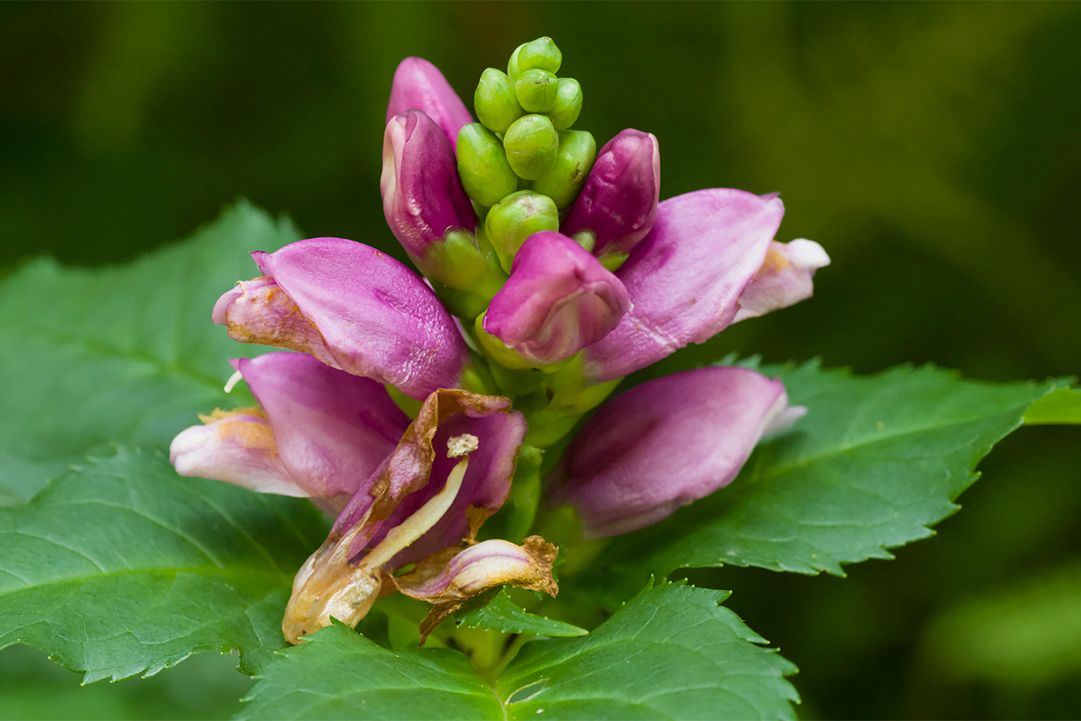Through any weather and every season, ninebark not only stands strong, but also maintains visual appeal. It has never met a climate too cold, making it a popular pick for homeowners in New Jersey and the Northeast.
Enjoy ninebark in your backyard by planting it in early spring, in full sun and acidic, well-drained soil. From colorful leaves to clusters of flowers to beautiful bark, this deciduous shrub requires minimal upkeep to show its natural beauty year-round. It will just require a little extra watering during its first summer. Once established, ninebark is drought tolerant.
Did You Know?
Ninebark gets its name from its exfoliating bark, which peels in strips. The belief is that it has nine layers of bark.
Other Fun Facts About Ninebark
- Ninebark has many different colors of foliage, ranging from purple and maroon to orange and gold, depending on the species.
- Bees and butterflies love the nectar from ninebark flowers.
- Native tribes in the Northwest used Pacific ninebark wood to make bows and other items.
- In Greek, ninebark’s genus name, Physocarpus, means “bladder fruit,” referring to the plant’s inflated seed coverings.
